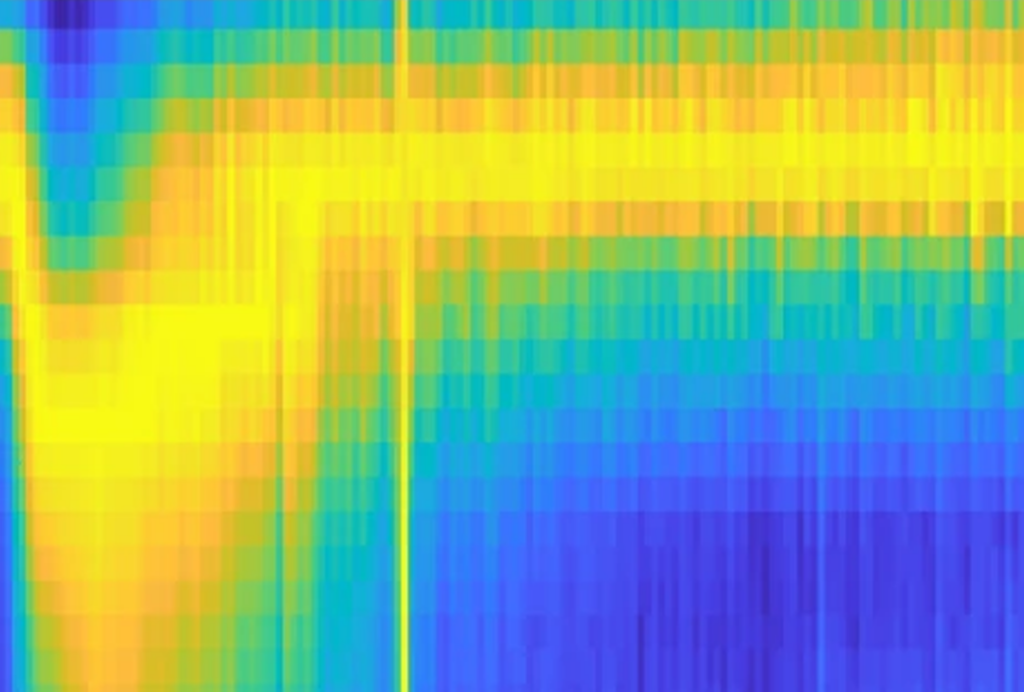Welcome to Spectrum Index, a monthly newsletter that distills data from noteworthy autism studies into a series of quick statistics. Let us know what you think at [email protected], and thanks for reading.
2.89: The increased likelihood that 11- to 17-year-old autistic boys in South London, England, visited a hospital for self-harm, compared with non-autistic boys. Girls overall were more likely than boys to visit a hospital for self-harm, but an autism diagnosis did not increase the fraction of girls who did so. Researchers pulled the data from the U.K. National Pupil Database for January 2009 to March 2013 and published the results in BMC Medicine in April.
5.1: The percentage of autistic people, aged 7 to 25 years, who visited an emergency department for suicidal ideation or self-harm in the United States, according to data reported in the National Emergency Department Sample database. This value — which has grown almost every year — is 4.25 times higher than for non-autistic youth and is based on data collected from 2006 to 2014. The results appeared in Autism in May.
0: The improvement in key cognitive measures, such as working memory and fine motor coordination, elicited by the cancer drug everolimus in people with PTEN hamartoma tumor syndrome, an autism-linked condition caused by a mutation in the PTEN gene. The data stem from a phase 2 trial that randomly assigned 24 people with the condition to take the drug and another 22 to take a placebo every day for six months. Everolimus — approved by the U.S. Food and Drug Administration to treat tumors and seizures related to tuberous sclerosis complex — inhibits a protein called mTOR, which is overactive in people with PTEN hamartoma tumor syndrome. Prior trials for tuberous sclerosis complex also failed to show improvements in cognitive abilities, suggesting that there may be a critical window during which the drug can rescue cognitive problems. The results appeared in Human Molecular Genetics in May.
0.26: The percentage of children, aged 3 to 12 years and living in Shanghai, China, who have a diagnosis of autism. This prevalence, reported in the Journal of Autism and Developmental Disorders in May, is based on 192 diagnoses among 74,252 children. It’s also far lower than prevalence estimates in other countries — including the United States, where about 1.7 percent of 4-year-olds and 2.3 percent of 8-year-olds have autism. A 2020 paper from China found that 0.7 percent of children aged 6 to 12 in the country have autism. Both values for China likely underestimate the actual prevalence, perhaps as a result of low public awareness or stigma surrounding the condition.
Follow us on Facebook, Twitter (@Spectrum), Instagram and LinkedIn. Check out my latest work.
Subscribe to get newsletters and the best of Spectrum straight to your inbox.




